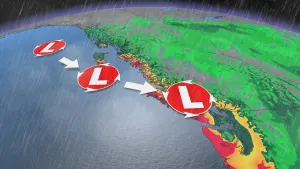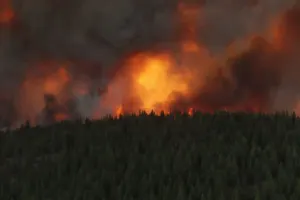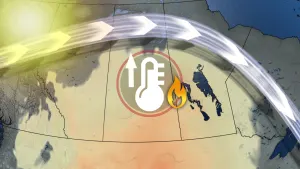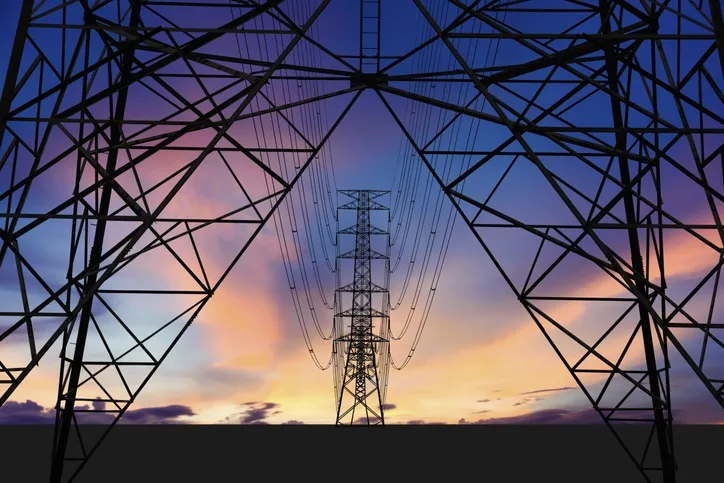
New research suggests blackouts could become a thing of the past
A paper from UBC's School of Engineering re-imagines the way we distribute power.
Blackouts. They happen.
High winds, lightning, ice storms, and countless other weather conditions can cause the lights to go out.
But what if it didn't?
Researchers from UBC's Okanagan School of Engineers are redesigning how electricity is distributed within power grids, and it could mean the end of blackouts and brownouts.
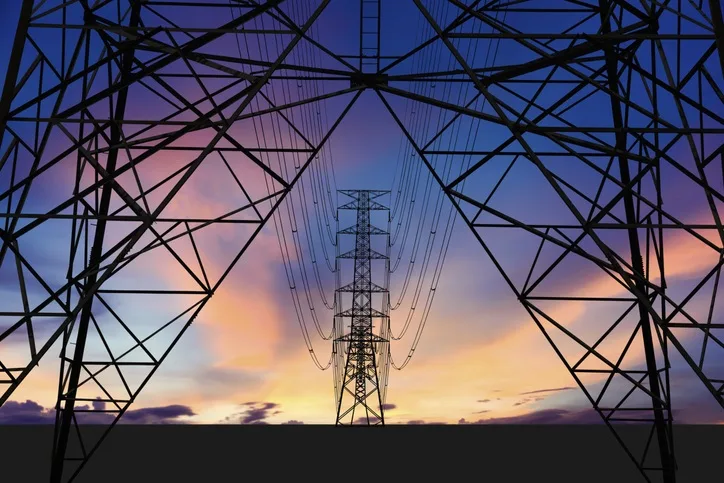
"Microgrids" would be able to disconnect from a main power supply and operate independently. File photo: Getty Images.
The new research, published last month, proposes using a series of microgrids that provide power to a small area, like a city or neighbourhood.
If the main system fails, microgrids can disconnect from it and work independently.
The result is 'round-the-clock electricity, regardless of the conditions outside, or the status of the main power supply.
"In this operating mode, the main country-wide interconnected power grid as we know would represent the power grid in regular operating mode," lead author Yuri Rodrigues explains in an email.
"However if a failure occurs to this main grid due to, for example, a wildfire, and leads to transmission lines inoperability, smaller geographical areas would be able to island from the main network and avoid a previously-inevitable power outage."
Once a microgrid separates from the main source, power is generated using local reserves.
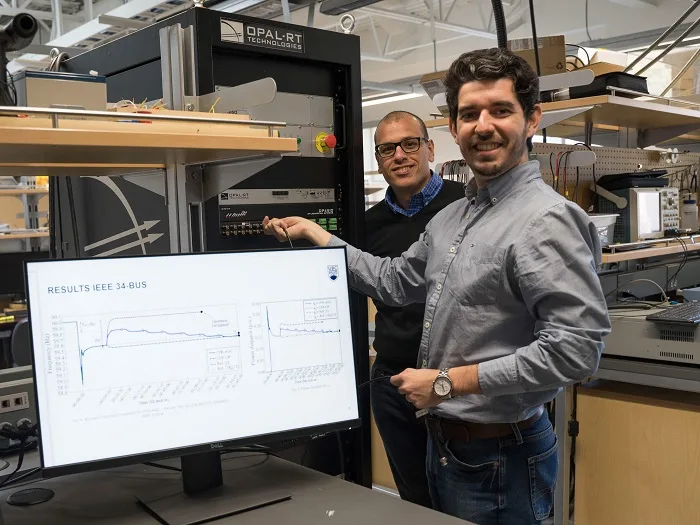
UBCO's Morad Abdelaziz and Yuri Rodrigues have been researching the impact microgrids would have on the distribution and conservation of electrical power. Photo: UBCO.
NATURAL DISASTERS
When asked if the system would hold up during a natural disaster or during a signficant storm, Rodrigues says it would.
"Our proposed approach seeks to conserve energy in order to improve the supplying of these regions for as long as possible," he says.
"This feature becomes even more critical during a natural disaster, as the availability of energy means that communication and emergency services can last longer and reach a larger portion of the population."
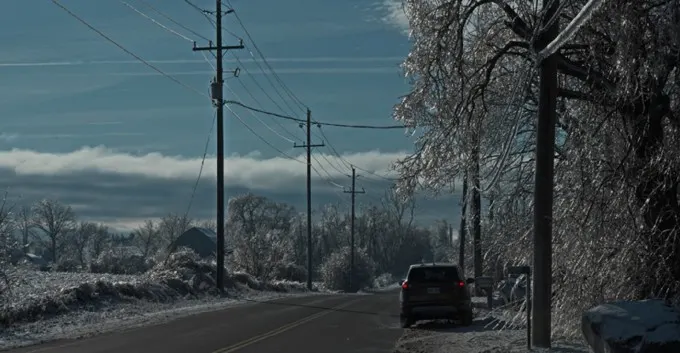
Ice coats the raods ane power lines in the Hamilton, Ontario region on December 1, 2019. Several hours of freezing rain had hit the area, resulting in numerous fatal accidents and widespread power outages. File photo: Mark Robinson
IMPROVED SUSTAINABILITY
Being able to operate while connected to a larger system as well as "islanded" gives the system the ability to survive failures that would previously have caused a power outage.
The proposed system would also be more environmentally sustainable than current processes. "Islanded" grids rely on conserved energy, making sustainability a critical component of the system.
"A good comparison: it's like using the sports mode on your car versus the eco mode," Rodrigues explains.
"In both cases, you will get to where you need to go, but one will require more fuel than the other."
Microgrids distribute power at a diluted quality -- but not so diluted that electronics are impacted. This allows for power to last longer.
"Most of our daily lives are based on electrical components: cell phones, notebooks, A/C and now even our transport is moving towards electric vehicles," Rodrigues says.
"In this sense, the integration of renewable resources and the ability to prevent power outages are essential to guarantee a long-term sustainable environment and maintain a functional and safe society."
The full paper has been published in the International Journal of Electrical Power & Energy Systems.







